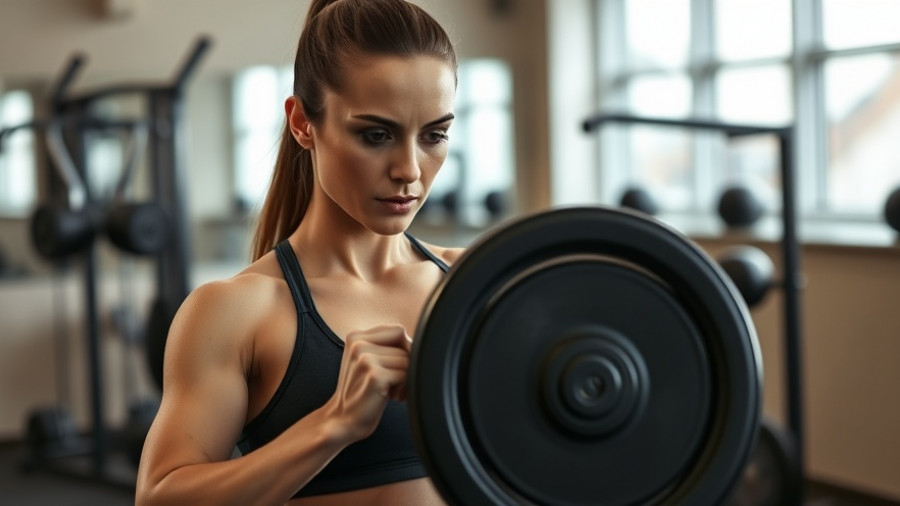
Could Mini-Strokes Leave Lasting Fatigue? Insights from Recent Research
Recent findings from a study published in the journal Neurology®, by the American Academy of Neurology, suggest that individuals who experience a transient ischemic attack (TIA), commonly known as a mini-stroke, may face prolonged fatigue lasting up to a year after their initial episode. This headache-inducing discovery encourages a re-examination of TIA, often perceived as a transient and less serious event compared to a full stroke.
Understanding TIAs and Their Impact
A TIA occurs when a temporary blockage of blood flow to the brain leads to symptoms such as face drooping, weakness, or slurred speech, which usually resolve within 24 hours. However, new evidence indicates that these seemingly benign episodes can lead to ongoing fatigue, significantly affecting quality of life.
The Study's Findings: Fatigue on the Horizon
The study followed 354 participants averaging 70 years old over the span of a year, assessing their fatigue levels through questionnaires at various intervals. Alarmingly, 61% reported fatigue two weeks post-attack, and this percentage remained around 54% throughout subsequent months. Though fatigue scores showed slight improvement over time, many continued to experience symptoms indicative of long-term fatigue challenge.
Risk Factors and Mental Health Correlations
Interestingly, researchers identified a notable correlation between pre-existing mental health issues and prolonged fatigue; those with a history of anxiety or depression were twice as likely to experience lasting fatigue. This finding underscores the importance of holistic treatment approaches to TIA rehabilitation, where mental health support could mitigate long-term effects.
Moving Forward: Implications for Care
Dr. Boris Modrau, a leading author in this study, emphasizes the need for vigilance in post-TIA care, advocating for follow-up evaluations that include fatigue assessment. This strategy could better identify those in need of additional support, altering how healthcare professionals approach recovery and long-term wellness strategies for their patients.
As tech professionals, healthcare practitioners, and fitness coaches, recognizing the complexities associated with mini-strokes is crucial. Integrating strategies to address not only physical health but also mental well-being can pave the way for holistic approaches in rehabilitation.
 Add Row
Add Row  Add
Add 




Write A Comment